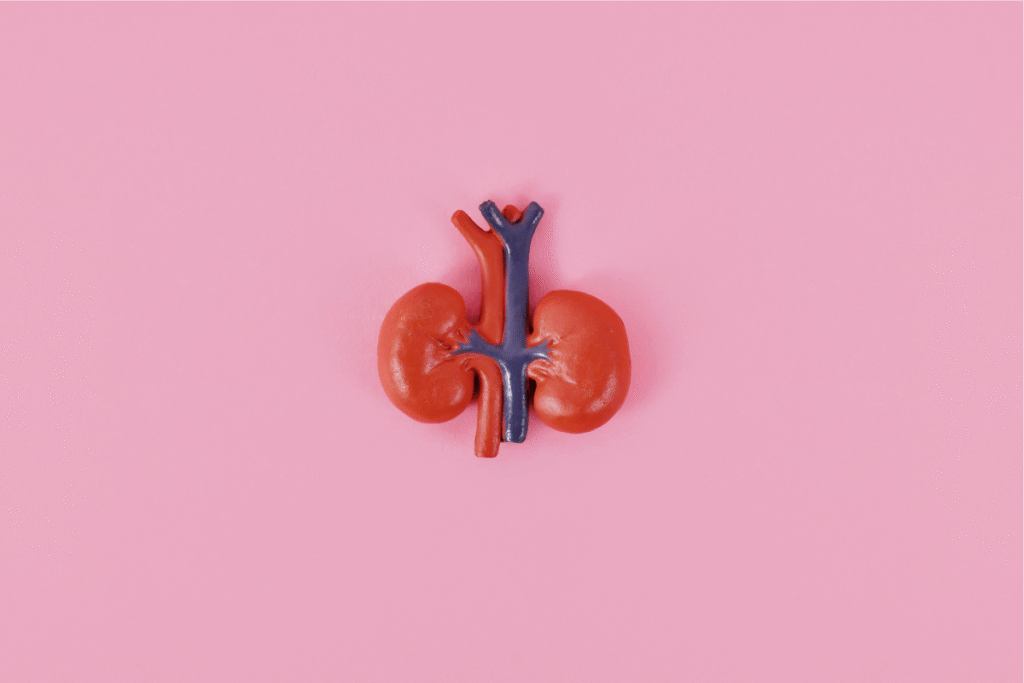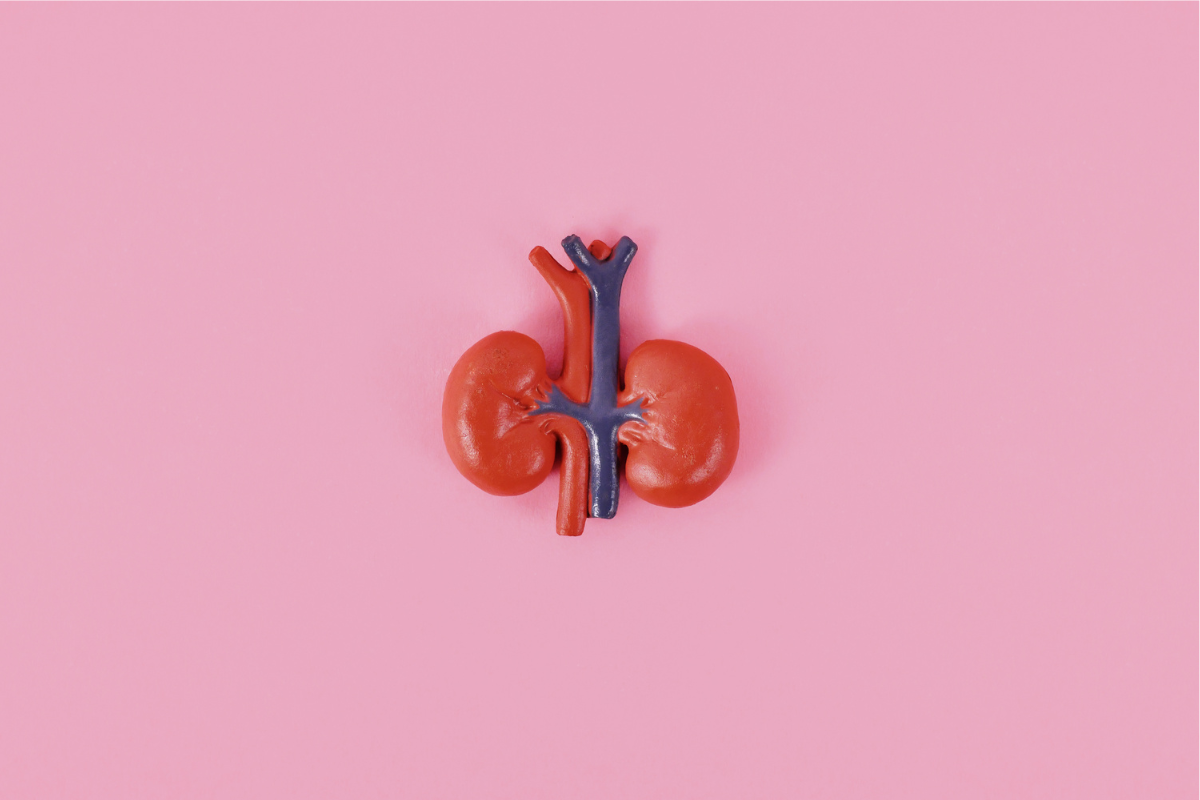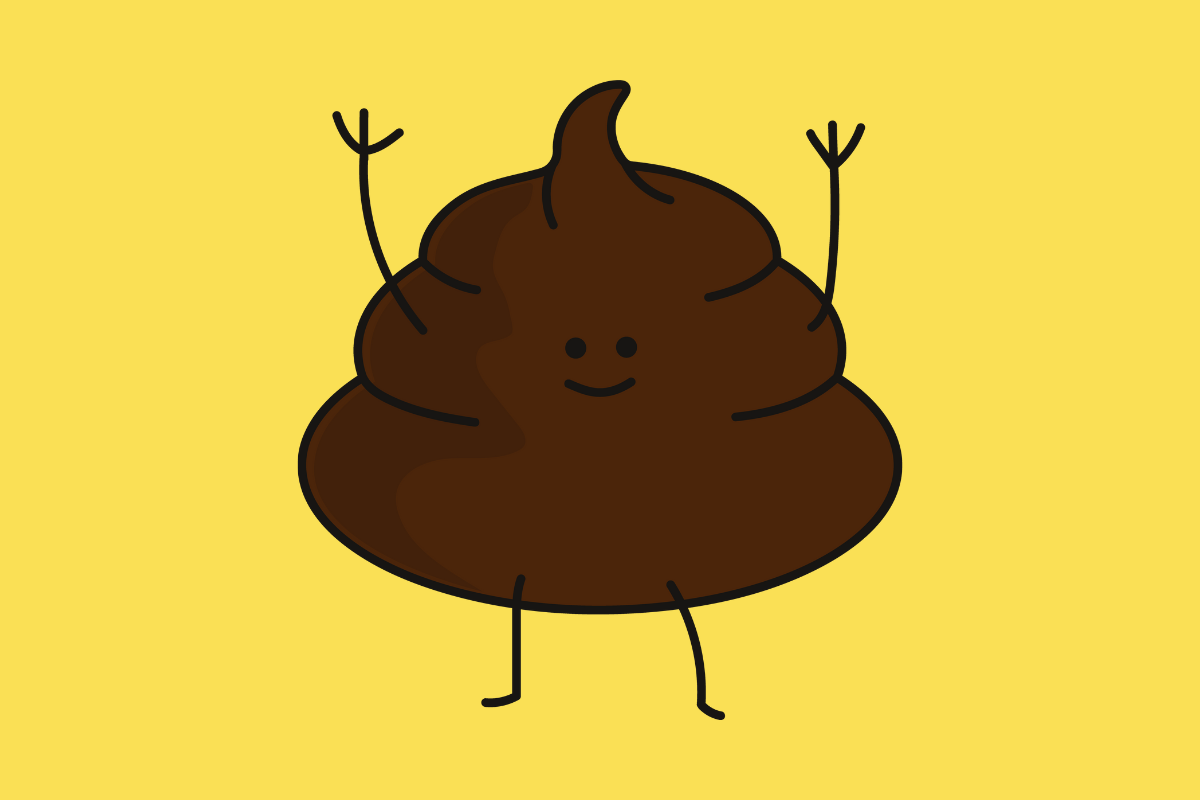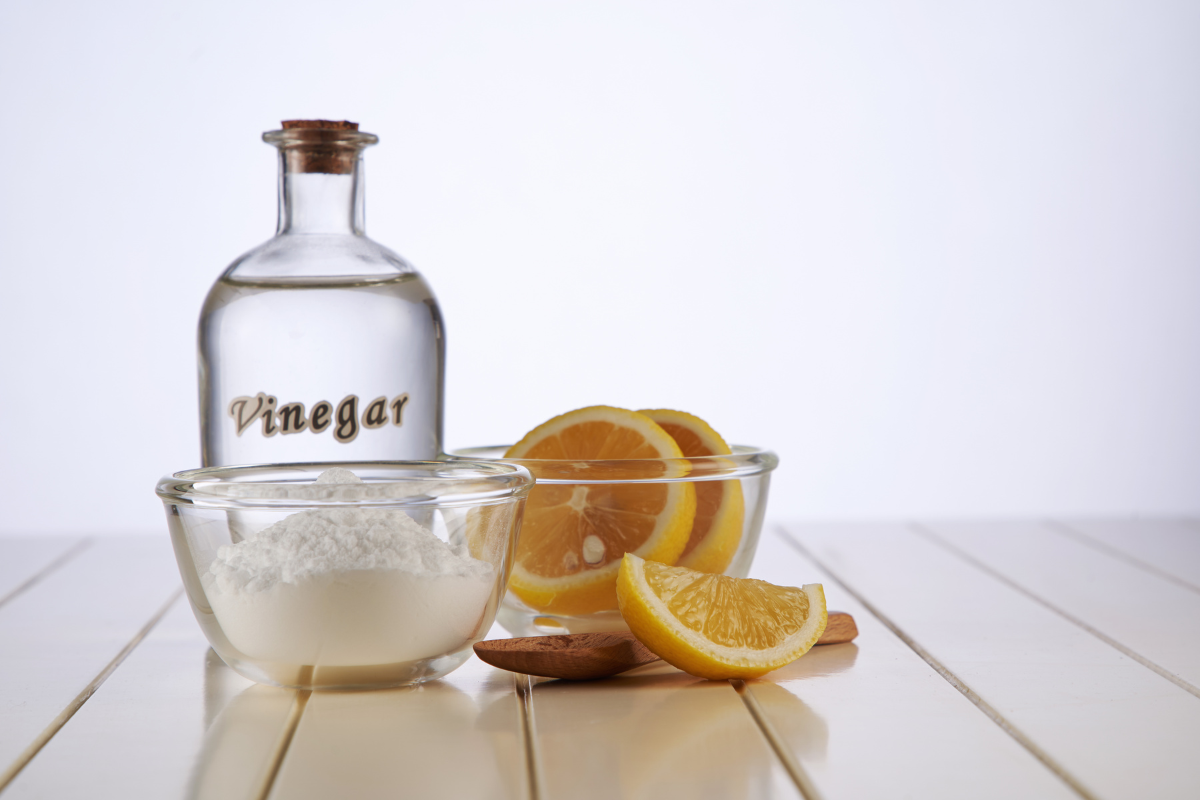
fatigue
Anemia occurs when the kidneys stop fulfilling their secondary role of producing red blood cells. This reduction in red blood cells interferes with the delivery of oxygen and nutrients throughout the body, leading to disruption of cellular metabolism. Symptoms of anemia include extreme tiredness, nausea and fatigue.
As kidney function gradually deteriorates, the function of other systems, including the musculoskeletal system, gradually deteriorates. Dizziness, memory loss, decreased stamina, muscle cramps, bone pain and nausea are all signs of kidney problems.
Stones in urine
If you or a family member suffers from kidney stones or obesity, your kidneys may be at risk. Kidney stones are a common problem in northern India, where many people observe small stones and stones in their urine. This is just the tip of the iceberg and requires careful testing and treatment to prevent stone recurrence and chronic kidney disease.
High blood pressure, high blood pressure
Failure to control blood pressure directly compromises kidney health. Recent evidence suggests that high blood pressure is a leading cause of stroke, heart attack and kidney failure.
Therefore, it is very important to reduce your intake of dietary supplements that increase blood pressure.
High blood pressure and high blood pressure are one of the leading causes of kidney disease.
Consult our kidney specialist in Amritsar.
It is important to see a kidney specialist if you experience symptoms. Amandeep Hospital is known for its commendable and consistent performance in providing healthcare facilities and services to the most qualified team of nephrologists in Amritsar.
The hospital, which has made the healthcare industry a global standard, provides 24-hour care and treatment to people suffering from kidney disease. Our superior medical and surgical treatments have helped many patients fight kidney disease and return to a healthy lifestyle.
If you have any questions about the symptoms of kidney disease or are unsure if you have kidney disease, contact us immediately!






